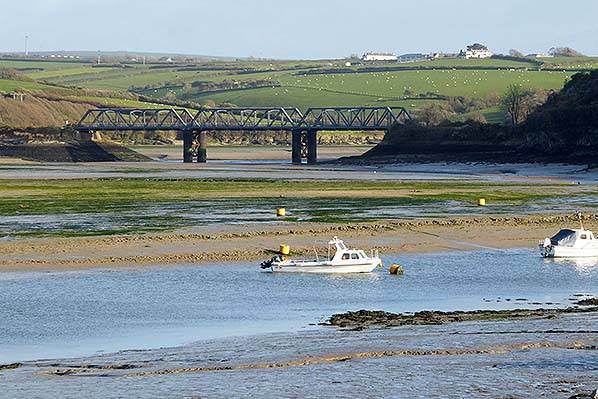|
xxx |
xxx |
xxx |
xxx |
xxx |
xxx |
Click on thumbnail to enlarge

|
| Last updated: Wednesday, 07-Mar-2018 14:50:27 CET | © 1998-2016 Disused Stations |

1.jpg)
5.jpg)
9.jpg)
2.jpg)
26.jpg)
28.jpg)
31.jpg)
11.jpg)

old_thumb23.jpg)
old_thumb42.jpg)
old_thumb120.jpg)
old_thumb44.jpg)
old_thumb52.jpg)
old_thumb65.jpg)
old_thumb67.jpg)
thumb3.jpg)
thumb4.jpg)
thumb6.jpg)
thumb7.jpg)
thumb21.jpg)
thumb22.jpg)
thumb23.jpg)
thumb24.jpg)
thumb25.jpg)
thumb27.jpg)
thumb29.jpg)
thumb30.jpg)
thumb32.jpg)
thumb33.jpg)
thumb34.jpg)
 Home Page
Home Page